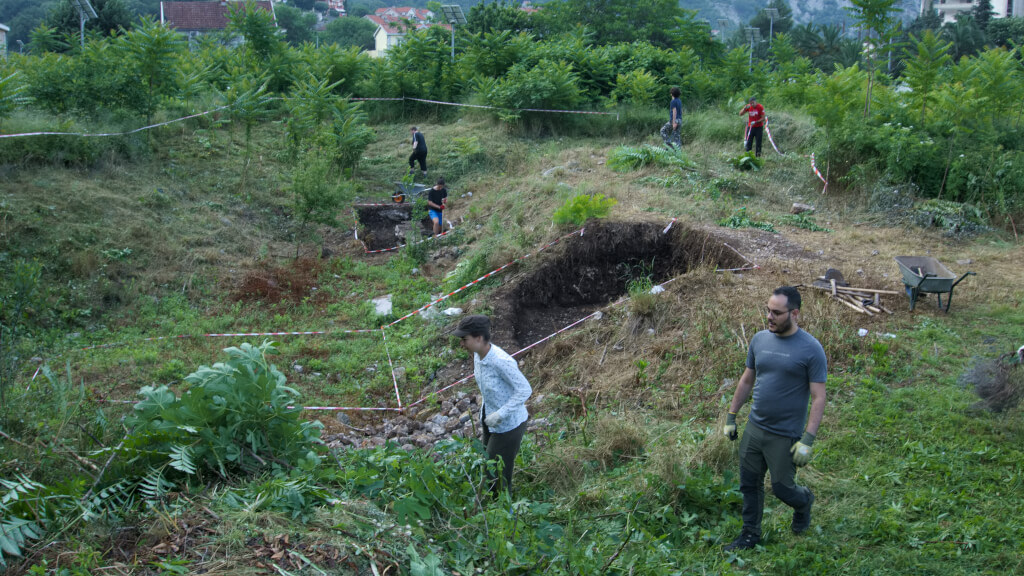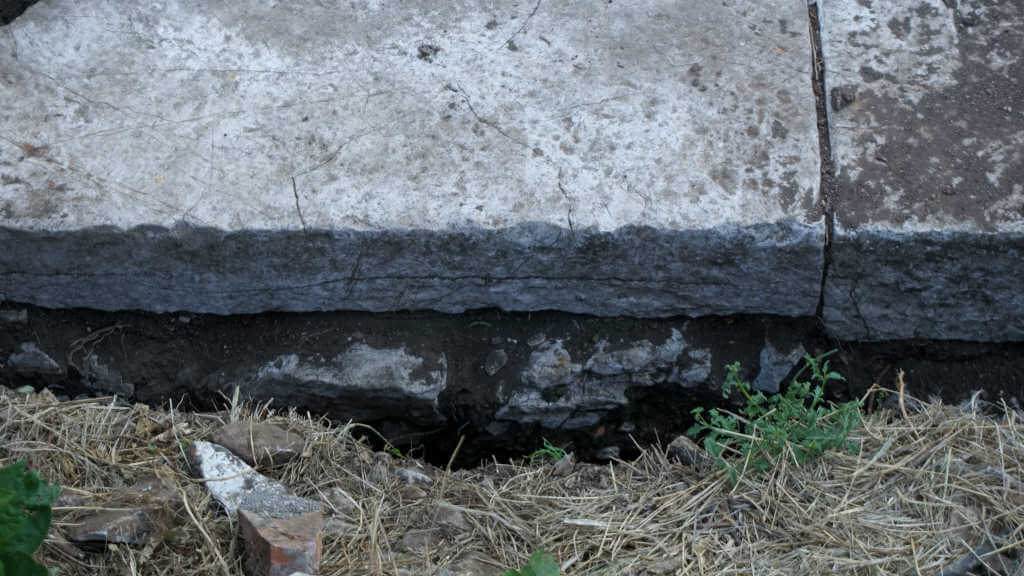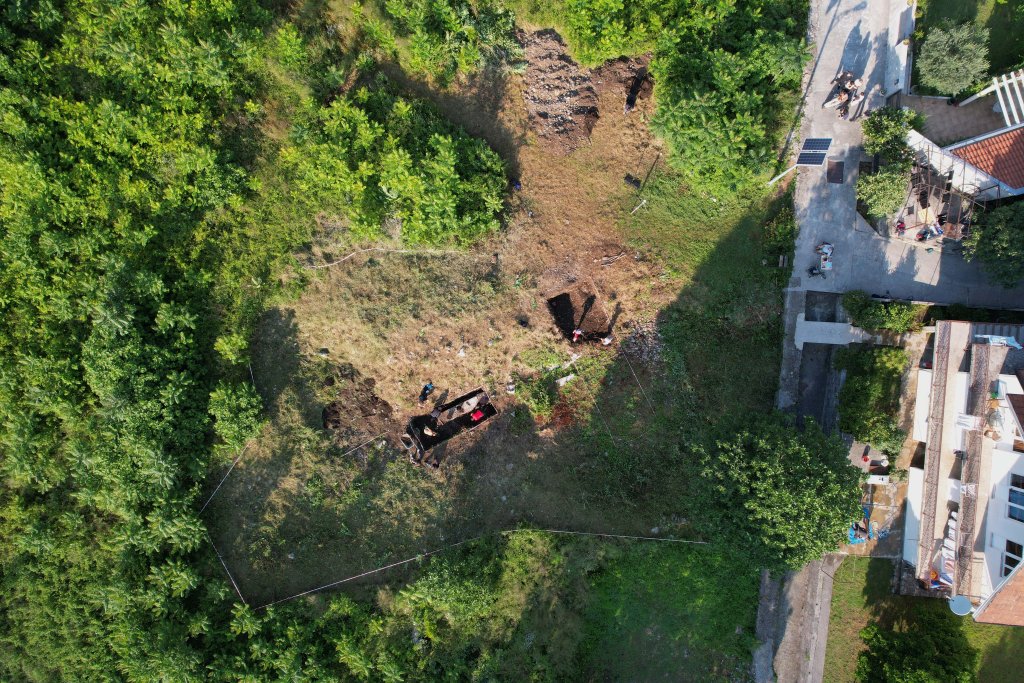Summer ’23 with the Centre III

03 07 2023
We hope that those intrigued by the results of our work were not discouraged by the lack of information. Unfortunately, as we have already informed you, we encountered technical troubles, according to the principle that if something is going to break it is guaranteed to break in an unexpected situation.
However, we are already in a good spot – hence the information from Risan.
Our team includes a group of students from the UW Department of Archaeology and one student from Italy. After a two-year gap in fieldwork – first the culmination of COVID In Poland and a year later in Montenegro – nature has taken over the excavations. Already in the dense forest that had overtaken the cleared area in two years, it was difficult to find trenches whose banks, due to erosion, “gracefully” flowed into the ditches.

After strenuous preparations, we finally “found” the already exposed section of the great stylobate from Roman times. It turned out, this monumental foundation stretches for more than 20 meters. It is likely to be a section of the great portico, perhaps flanking the Roman forum from the east. It was probably built in the time of Augustus and functioned in various forms until the 6th century – as numismatic finds seem to confirm.

However, a surprise awaited us in the lower layers. Two walls from an earlier phase of construction were partially uncovered. The orientation of one of them indicates that during the Hellenistic period, as yet unidentified buildings stood in this place occupying the area of later Roman constructions. One can, therefore, think that either the main square of Hellenistic Rhizon was located elsewhere, or it had a much smaller area than the Roman-era ones.
In the current campaign – taking into account erosion damage – we focused on test trenches. The results obtained in them are already serving us to formulate hypotheses, raise scientific questions and plan next year’s campaign.

Each of the campaigns we run is dominated by some kind of artifacts. This year we are ” covered” by corks (stoppers, if you prefer) for amphoras from the Hellenistic period. They come mainly from amphoras containing Italic wine. The thick layer with corks and fragments of amphorae – in places it reaches 40 cm ! – was probably formed on purpose, as a paving of some kind.
For now, there are more questions than answers, but this promises well for the future.
As usual, Rhizon surprises us.
A dozen more days of the campaign should bring new information, which should already be appearing regularly.
